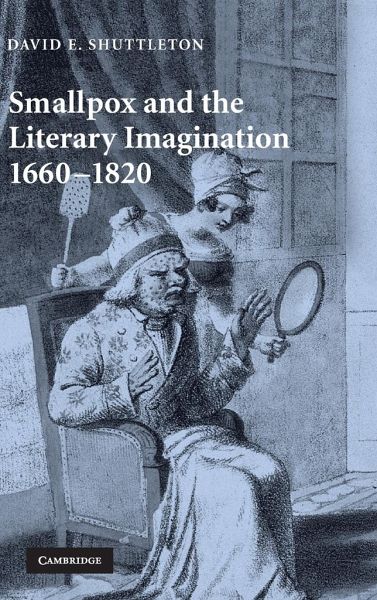
Smallpox and the Literary Imagination, 1660-1820
Versandkostenfrei!
Versandfertig in 1-2 Wochen
110,99 €
inkl. MwSt.

PAYBACK Punkte
55 °P sammeln!
Smallpox was a much feared disease until modern times, responsible for many deaths worldwide and reaching epidemic proportions amongst the British population in the seventeenth and eighteenth centuries. This book is a substantial critical study of the literary representation of the disease and its victims between the Restoration and the development of inoculation against smallpox around 1800. David Shuttleton draws upon a wide range of canonical texts including works by Dryden, Johnson, Steele, Goldsmith and Lady Mary Wortley Montagu, the latter having experimented with vaccination against sma...
Smallpox was a much feared disease until modern times, responsible for many deaths worldwide and reaching epidemic proportions amongst the British population in the seventeenth and eighteenth centuries. This book is a substantial critical study of the literary representation of the disease and its victims between the Restoration and the development of inoculation against smallpox around 1800. David Shuttleton draws upon a wide range of canonical texts including works by Dryden, Johnson, Steele, Goldsmith and Lady Mary Wortley Montagu, the latter having experimented with vaccination against smallpox. He reads these texts alongside medical treatises and the rare, but moving writings of smallpox survivors, showing how medical and imaginative writers developed a shared tradition of figurative tropes, myths and metaphors. This fascinating study uncovers the cultural impact of smallpox, and the different ways writers found to come to terms with the terror of disease and death.




